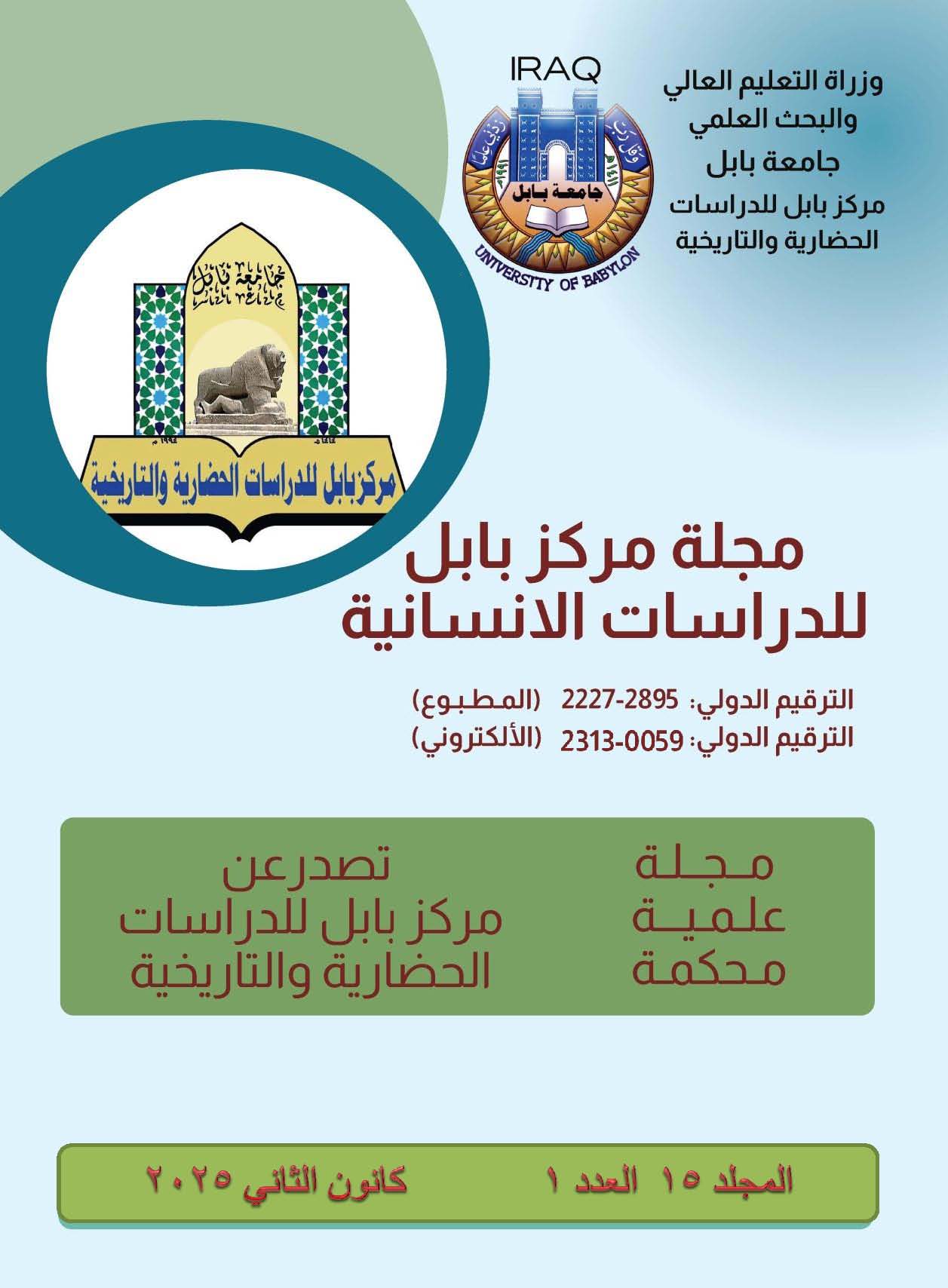Climate Change and Trend Analysis of Temperature: The Case of Sulaymaniah Region, Iraq
Keywords:
Climate Change, Temperature Anomaly Index (TAI), Köppen - Trewartha climate classification Index (K-T CCI), As Sulaymaniyah.Abstract
The study aims to illustrate Climate change and trend analysis of temperature: the case of Sulaymaniah, Iraq. For this purpose, the study used a descriptive-analytic method using Temperature data from (1973-2021). In addition, the researcher benefited from several statistical tests, including (moving mean for (3, 5, and 7 years), mean deviation, temperature Anomaly index (positive and negative variabilities), and Köppen - Trewartha climate classification Index using the SPSS. Results found that Over the past 50 years, the annual average temperature has steadily increased, and the warmest years occurred in succession in the last years (2020, 2021, and 2022). Also, The Köppen-Trewartha classification and STI test indicate annual average temperature increases. Seasonally, with the first to fourth places, this study found that the linear trends of the average temperature in winter (0.4), summer (0.31), spring (0.3), and autumn (0.14) have slightly risen. In addition, Over decades, the coldest days (0 and below) have decreased in cold loss and shifted from very cold to moderate-to-low-cold, especially after 2009.
Furthermore, Temperatures reaching (44°C or higher) increased between 1992 and 2023. Moreover, the average annual maximum temperature rose from hot to very hot. The lowest average temperature increased steadily and transformed from cold to extremely hot., Climate change has been at a high and dangerous level in the study area in a way that is hard to predict. Hence, this study suggests more research on climate change and its adverse impacts for accelerating adaptation and mitigation approaches.







